- Your cart is empty
- Continue Shopping
High temperature temperature sensor 210K
1312 ₴
The high-temperature temperature sensor (Modification 210K) is used in many industries to measure the temperature of air, exhaust gases and their combustion products and other chemically non-aggressive media in the temperature range from -40 to 1000 ° C.
High temperature temperature sensor 210K (thermocouple, thermoelectric converter, temperature sensor) is used in many industries to measure the temperature of air, exhaust gases and their combustion products and other chemically non-aggressive media in the temperature range from -40 to 1000 ° C.
The range of temperatures measured by the sensors depends directly on the chemical composition of the measuring element. The main measuring element of such sensors is a piece of thermocouple wire, sequentially welded from two dissimilar electrically conductive metals, which is called a "thermocouple". In accordance with the purpose and design, thermocouple may be submerged or superficial, sealed or leaky (with or without shell), shockproof, stationary, portable etc.
Features:
- The measuring element is additionally protected by a ceramic cap, increasing the durability of the sensor.
- The terminal block allows the sensor to be securely mounted.
- Short-term operation of the sensor is possible at 1200 ° C.
- Since the protective beads and the terminal block are made of ceramic, it is necessary to avoid impacts of the sensor during installation and operation.
- High-temperature temperature sensor Modifications 210K are not applicable for measuring the temperature of liquids, melts containing nitric acid and nitrates, and also for use in atmospheres with a high content of sulfur and ammonia.
NSX type:
- TXA - K -40..1000 ° C
- THK - L -40..600 ° C
- TJK - J -40..600 ° C
Type K (chromel-alumel thermocouple):
- Widely used in various fields from -100 ° C to + 1000 ° C (recommended limit, depending on the diameter of the thermocouple);
- A hysteresis effect occurs in the range from 200 to 500 ° C, i.e. the readings may differ during heating and cooling. Sometimes the difference reaches 5 ° C;
- Used in neutral or oxygen-rich atmospheres;
- After thermal aging, the readings decrease;
- It is not recommended to use in a discharged atmosphere, because chromium can be released from the Ni-terminal (the so-called migration), while the thermocouple changes the TEMF and shows an underestimated temperature;
- The sulfur atmosphere is harmful to the thermocouple as it affects both electrodes.
Type J (iron constantan thermocouple):
- It is not recommended to use it below 0 ° C, as moisture condensation on the iron lead leads to the formation of rust;
- The most suitable type for a rarefied atmosphere;
- The maximum application temperature is -500 ° C, since above this temperature, the leads are rapidly oxidized. Both leads are quickly destroyed in a sulfur atmosphere;
- The readings increase after thermal aging;
- The advantage is the low cost.
Tolerance class:
- TXA - 1,2,3
- THK - 2.3
- TLC - 1.2
Additional Information
| Dimensions | Н/Д |
|---|---|
| NSX type | |
| Tolerance class | |
| Working range of measured temperatures, ° С | |
| Thermal inertia index, s |
You must be logged in to post a review.

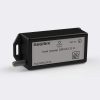
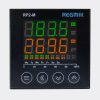
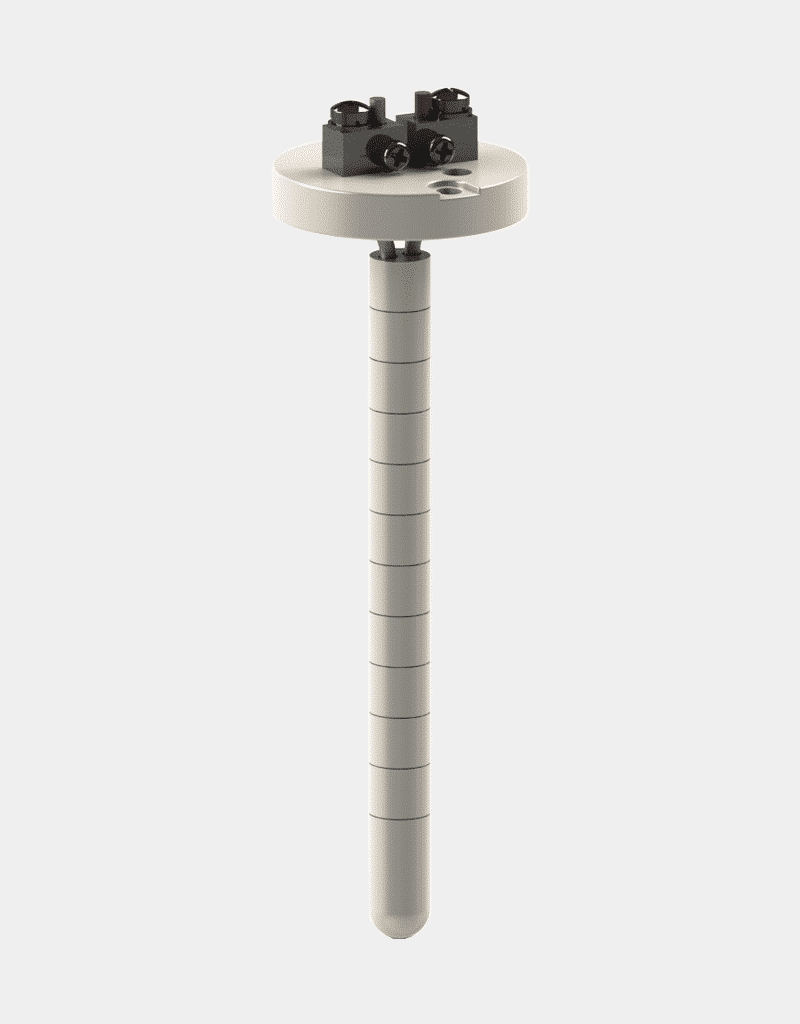

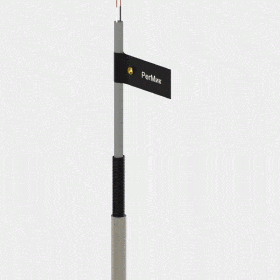
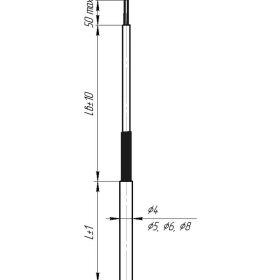
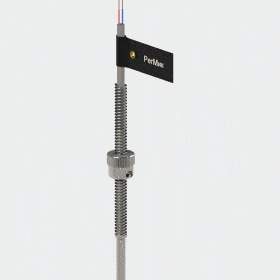
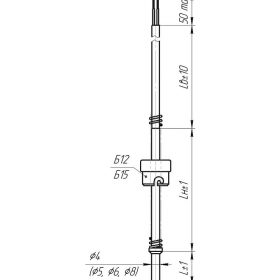
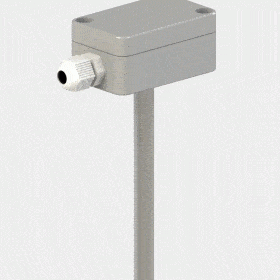
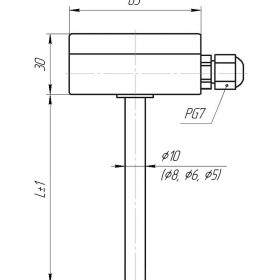
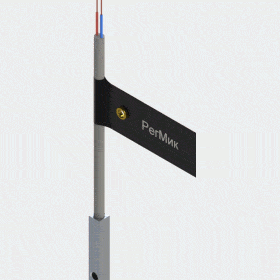
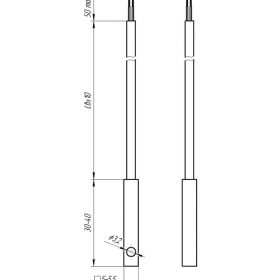
Відгуки
Відгуків немає, поки що.